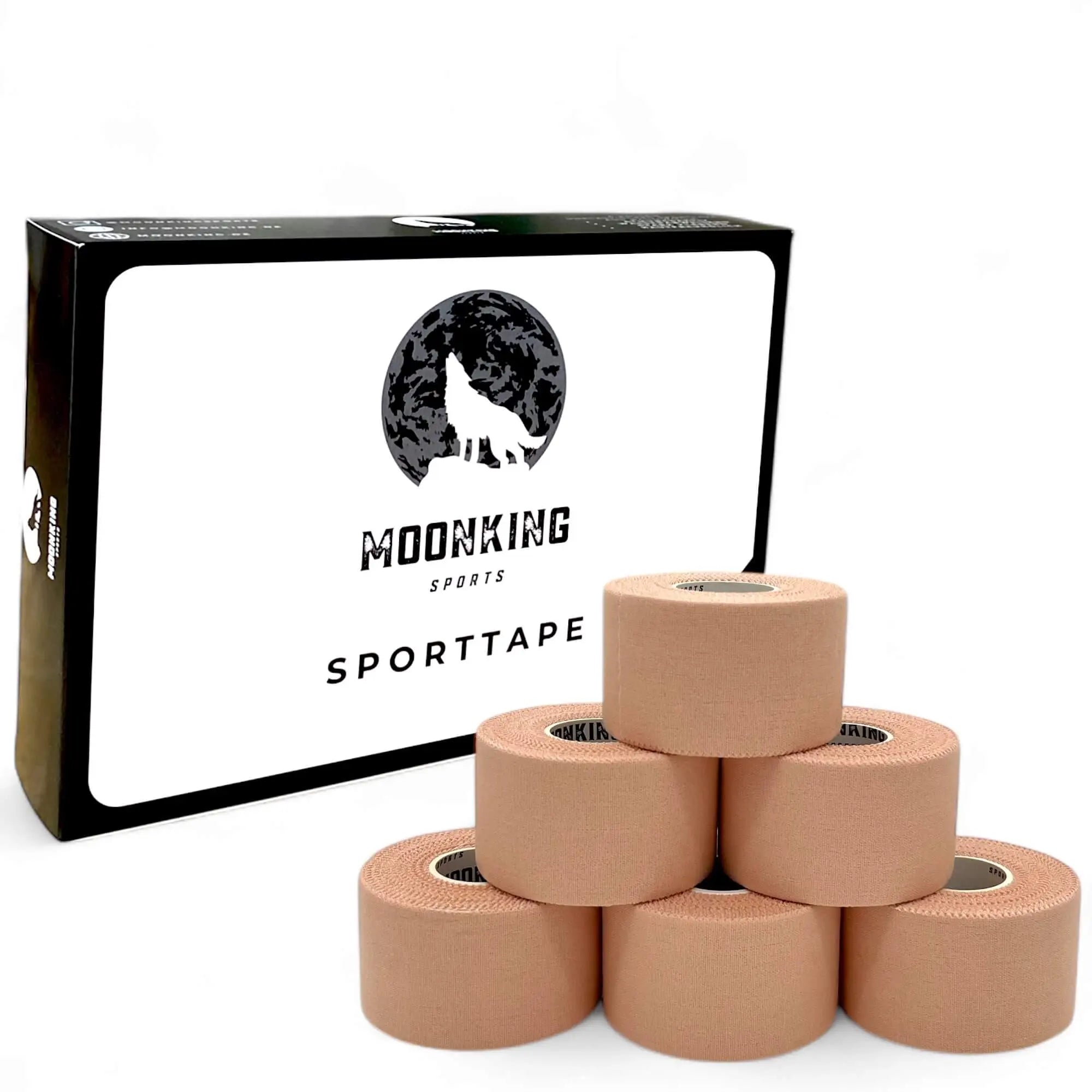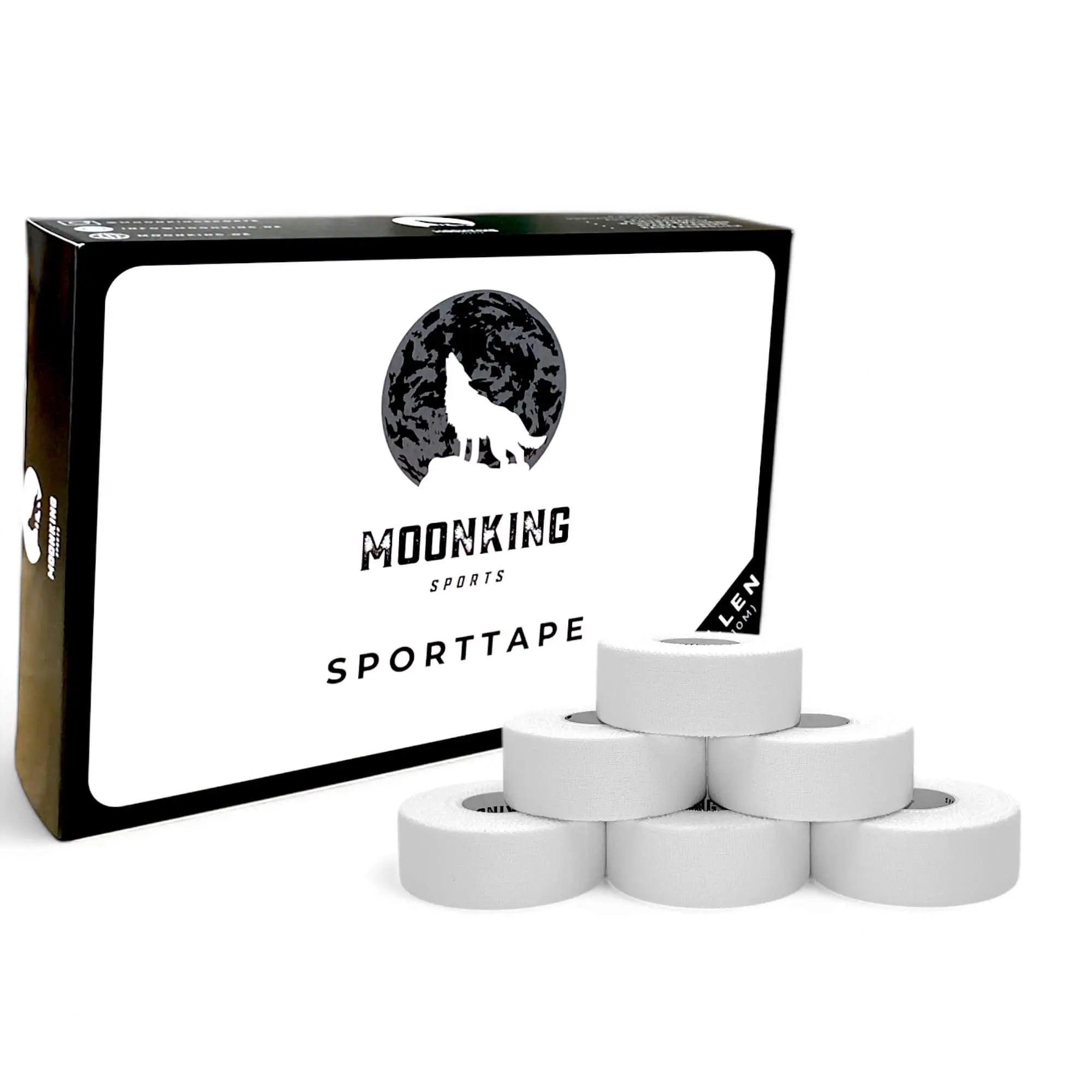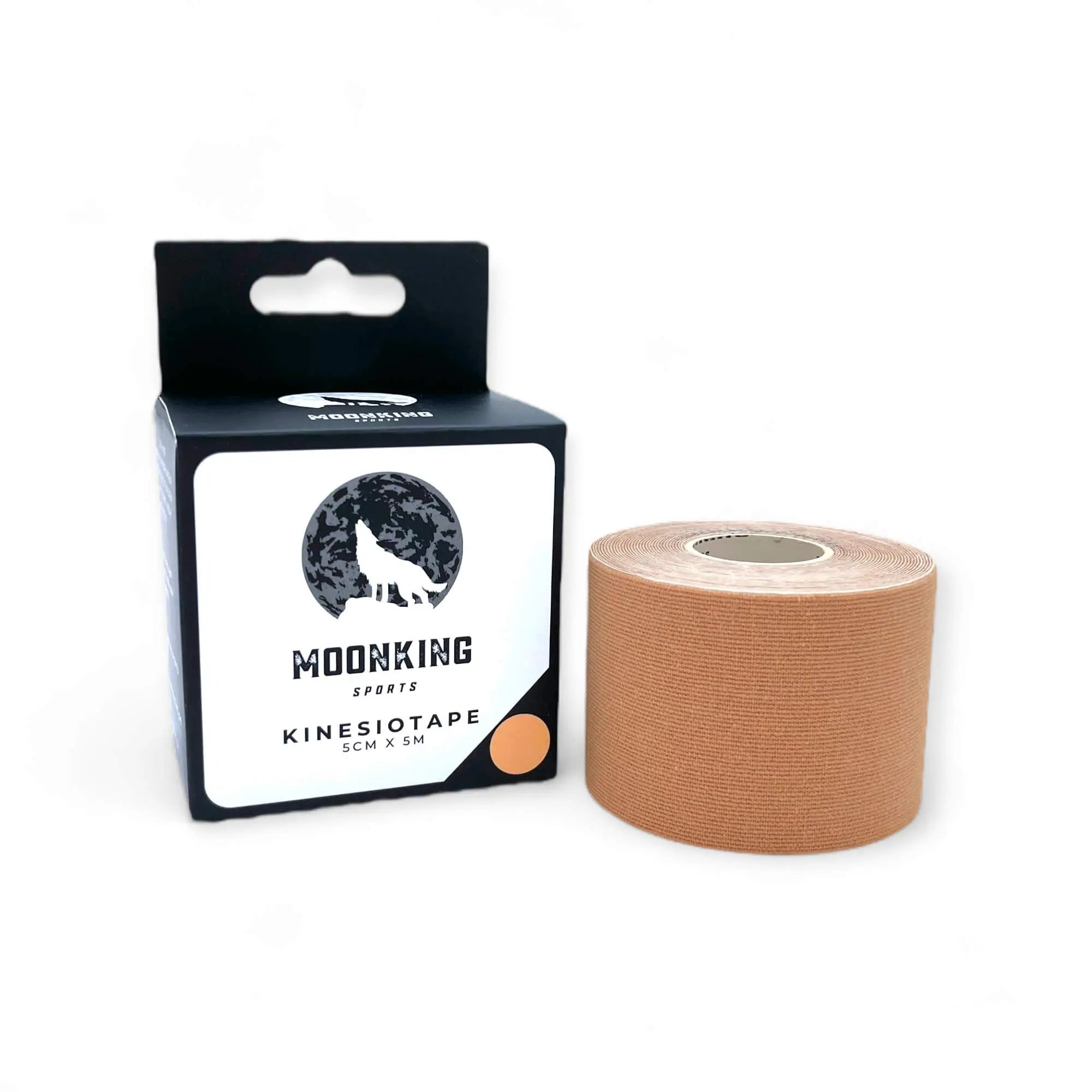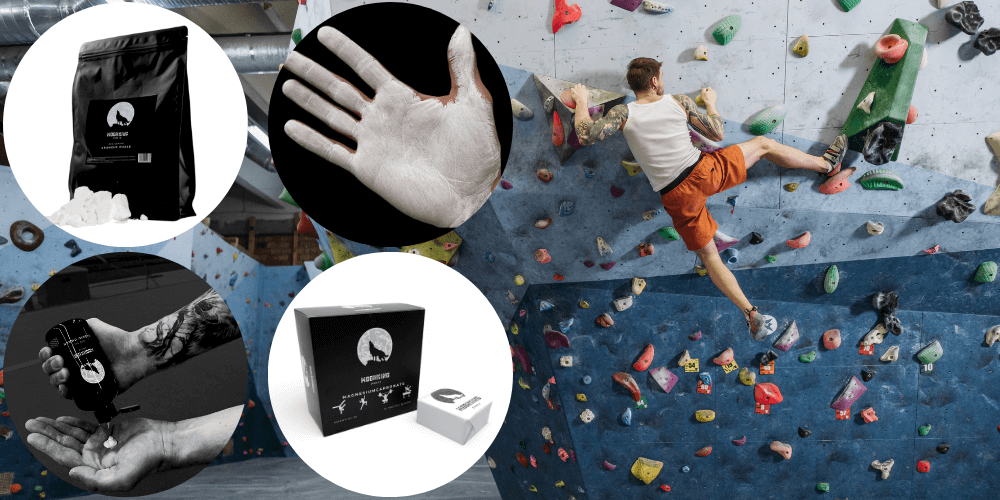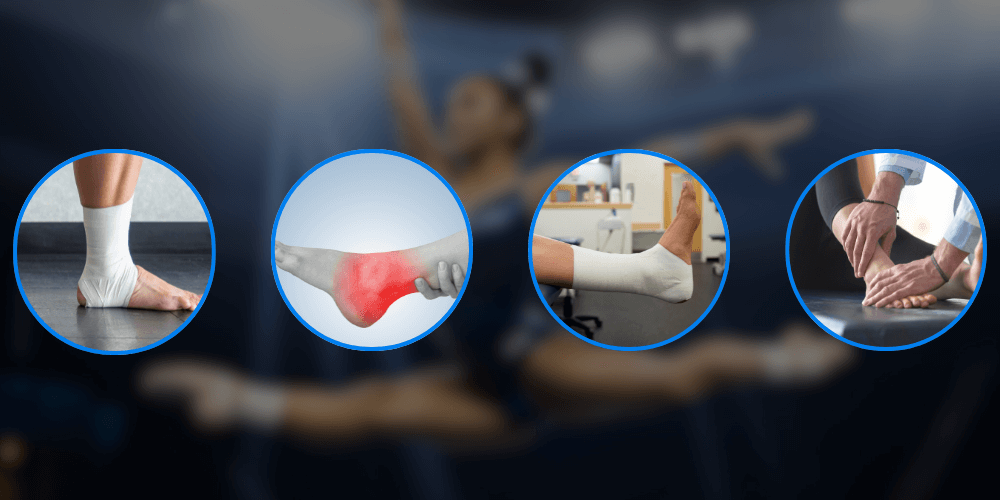Pommel horse in men's artistic gymnastics: technique, evaluation and requirements
The pommel horse is a classic men's apparatus in artistic gymnastics, known for its high technical demands. Unlike other apparatus, an exercise here doesn't rely on jumps or holding power, but rather on dynamic, rhythmic movement at the highest level. Due to the increased risk of falls, it is often referred to as the men's shaky apparatus.
Structure and objective of the exercise
The pommel horse measures 160 cm in length and 105 cm in height (from the mat floor). The exercise is performed exclusively with hand contact on the apparatus. A contemporary pommel horse exercise consists of a variety of dynamic circular movements—with both closed and spread legs—complemented by one-leg swings, scissors, and handstand swings with or without rotation. These are performed in various support positions and across all sections of the apparatus. All movements must be dynamically sequenced; any interruption or static posture is prohibited. Elements requiring strength or holding phases are excluded.
Assessment according to MAG Code of Points 2025–2028
D-Grade (Difficulty Score)
The D grade is made up of:
-
the 8 highest rated elements (including exit),
-
fulfilling element groups I to IV
Element groups on the pommel horse:
-
EG I : One-leg swings and scissors.
-
EC II : Circle and Thomas flanks with and/or without spindles and handstands, sweeping turns, Russian turns, Flops and combined elements.
-
EC III : Hiking elements including Kroll, Tong Fei, Wu Guonian, Roth and Spindeln with hiking.
-
EG IV : Departures
Each completed element group contributes up to 0.5 points to the D grade. Upon failure, the value of the element counts double.
For a group of elements to be recognized, at least one element per group is required, but a maximum of four elements from the same group may be performed. The maximum difficulty for a single element in men's gymnastics is currently H.
E-Note (Execution Score)
The execution is evaluated by the E-Jury (competition panel). The starting point is 10.0 points, from which errors are deducted.
Typical deductions:
-
small (0.1): Insufficient body extension when performing flanks or spread flanks – each of these elements must be performed with the body fully extended.
-
medium (0.3): Open legs during an element (>30° - 60°)
-
large (0.5): Deviations from the correct transverse support angle during circular swings or wandering movements result in a deduction (>45°) for each affected element.
-
Fall (1.0): Descent or support with legs
In the event of a dismount (fall from the apparatus), the gymnast has 30 seconds to return to the apparatus and continue their routine. If they fall during an element without completing it, it will not be recognized (but they may attempt it again).
Structure of an exercise on the pommel horse
A high-quality exercise should:
-
be consistently rhythmic and fluid,
-
have a diverse arrangement of different elements,
- can be performed without visible effort,
-
finish with a controlled exit.
Typical sources of error
-
bent / open legs : 0.1 to 0.5 deduction
-
missing amplitude / hip angle too small : 0.1 to 0.3 deduction
-
visible breaks or stopping moments : 0.5 deduction up to no recognition
-
Element without value (e.g. fall or wrong grip): no DV, -1.0 E
- Interruption during departure
What does a good gymnast need for this apparatus?
-
strong core muscles : for stability and body tension
-
Sense of rhythm and movement : for flowing movements
-
high grip precision and coordination : with quick hand changes
-
mental concentration : for clean execution until the finish
Conclusion
The pommel horse is one of the most technically demanding pieces of equipment in men's artistic gymnastics. It's not strength that counts, but body control, rhythm, and technique. Those who perform the eight elements with precision and without interruption demonstrate true gymnastics skills at an international level.



